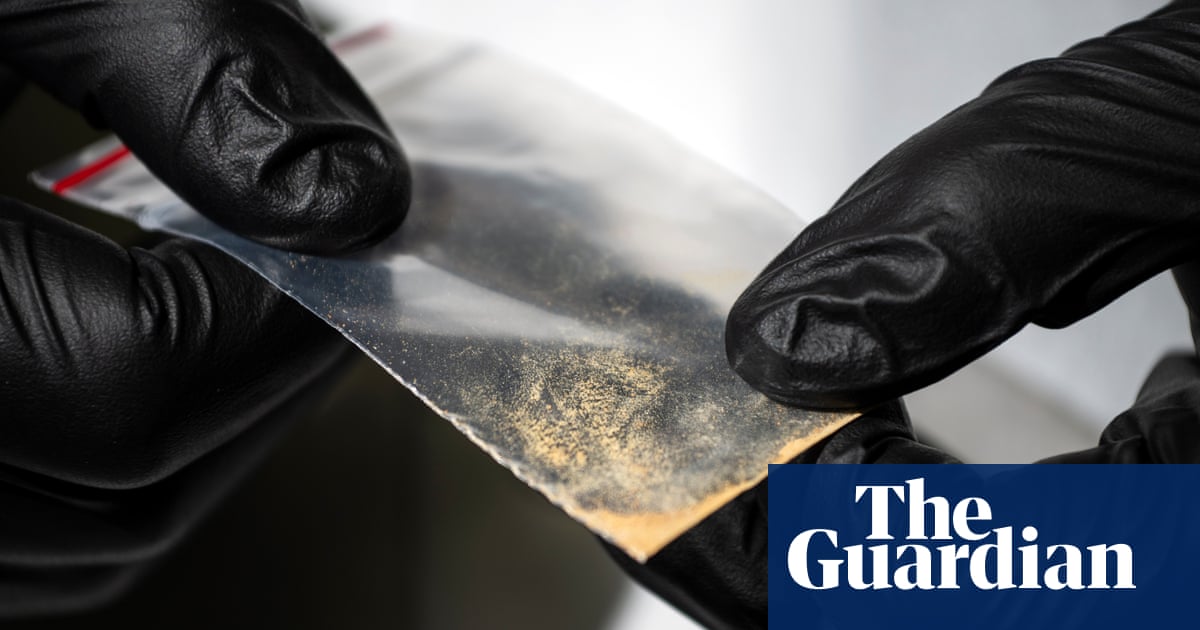Nitazenes, synthetic opioids, could create latest drug crisis as scientists rush to find how to detect them in drug supply
A new class of potentially deadly synthetic opioids is suddenly appearing around the globe, including in the US, and scientists are rushing to figure out how to detect it in the drug supply.
Within the last month, nitazenes were implicated in four overdose deaths in Manchester, England; they were detected in over 2,500 counterfeit oxycodone pills in Hamilton, Canada; and they were found for the first time in the Netherlands. The US Drug Enforcement Administration has warned about their appearance in Washington DC.
Nitazenes are a class of synthetic opioid first developed in the 1950s but never approved to go to market.
GREAT /s
Cops can’t even be in the same zip code with it or they pass out instantly.
Don’t tempt us with a good time
I guess you have to be one special kind of asshole to be in that business to begin with, but you’d think they would at the very least understand that you don’t have customers if you kill them all…
fentanyl, from what I understand is quite useful in emergency rooms, I would imagine this might be similar.
Yeah absolutely! I kinda misunderstood/misread what was being said. I thought they were saying it’s being detected in drugs already
the strongest known nitazene, etonitazene, is “roughly 40 times more active than fentanyl
Which is already 100 times as powerful as morphine, which is already super strong.
*In animal models.
For isotonitazene, which is related to etonitazene, activity in animal models is 1000 times as potent as morphine, while in humans, it’s “only” 60 times as potent, according to Wikipedia.
The actual numbers for each I didn’t find, but I guess that’s because there were no human studies.
Isotonitazene is a benzimidazole-derived opioid analgesic drug related to etonitazene, which has been sold as a designer drug. It has only around half the potency of etonitazene in animal studies, but it is likely even less potent in humans as was seen with etonitazene (1000 times as potent as morphine in animal models yet only 60 times as potent in humans).
Whoever made this needs to redirect their efforts to the energy sector.
Finally!





